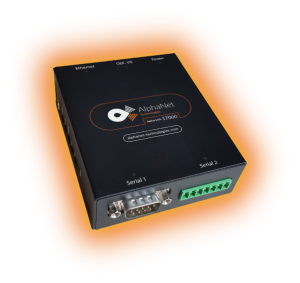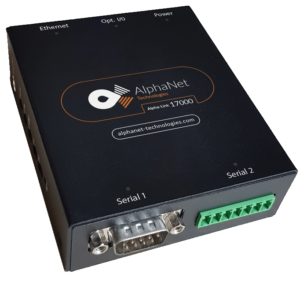
Modbus Gateway: An In-depth Exploration
In the world of automation and control systems, you may have encountered the term “Modbus Gateway.” But what exactly does this term mean? How does it function, and why is it vital in our technology-driven world? This article is your comprehensive guide to understanding Modbus Gateway.

